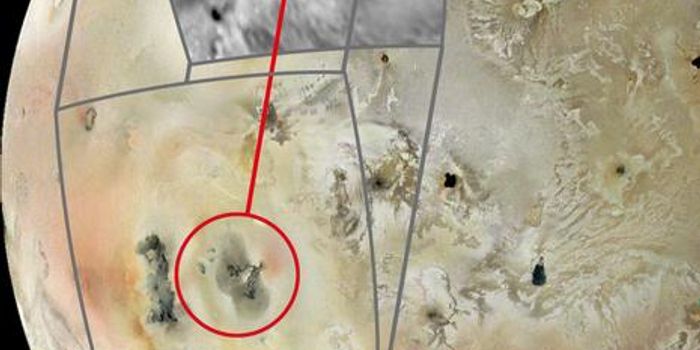Top Secret Military X-37B Space Plane Heads Back to Outer Space
Not much is known about the United States Space Force’s top-secret X-37B military space plane apart from the fact that it conducts classified research above the Earth’s clouds in a micro-gravitational environment. Adding to that, it’s renowned for spending extended periods in outer space, often exceeding that of the typical stay of a NASA astronaut on the International Space Station.
Most recently, the Boeing-built X-37B space plane spent a staggering 780 days in outer space, and as it would seem, it’s about to enjoy another extended stay in outer space.
The X-37B space plane was launched back into outer space on Sunday, May 17th with the help of a United Launch Alliance-built Atlas-V rocket. The rocket ignited its engines at approximately 9:14 A.M. Eastern time from the Space Launch Complex 41 in Cape Canaveral, Florida. The launch transpired one day later than planned due to unforeseen weather delays, but was successful nonetheless.
Perhaps unsurprisingly, details about the space plane’s latest mission in space are scarce, but we do know that it’s carrying several payloads of its own that will be used to test various things in the micro-gravitational environment, such as the effects of radiation on certain materials, gathering data in a microwave experiment, and discovering the effects of space on several types of plant seeds.
The number of experiments being carried into space this time around is much higher than normal, but there’s no clear indication of just how long the X-37B space plane might spend in space this time around. If it’s anything like the trends indicate, then it could potentially spend more time in space than it did on its previous trip. Only time will tell, however.








